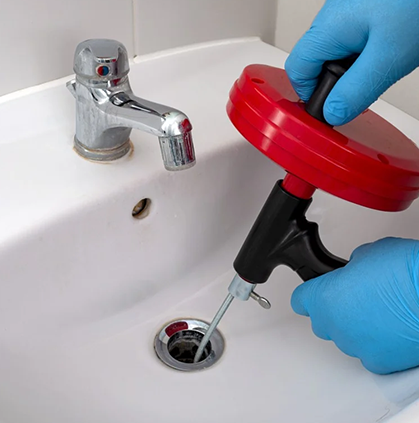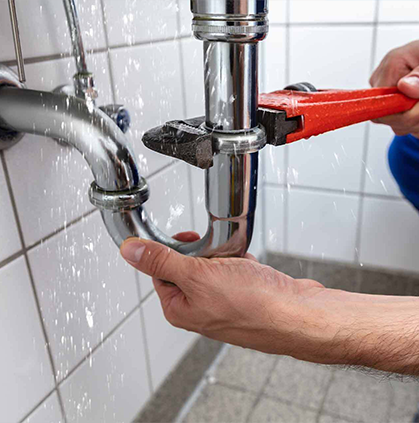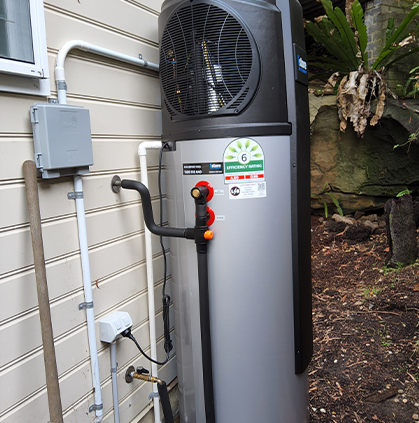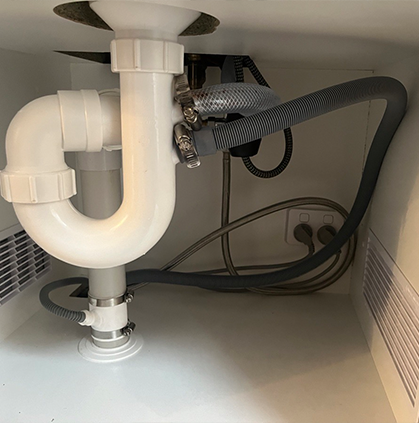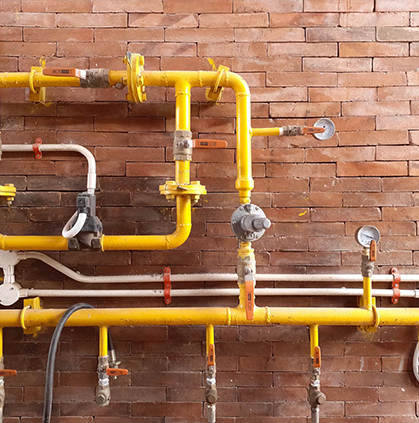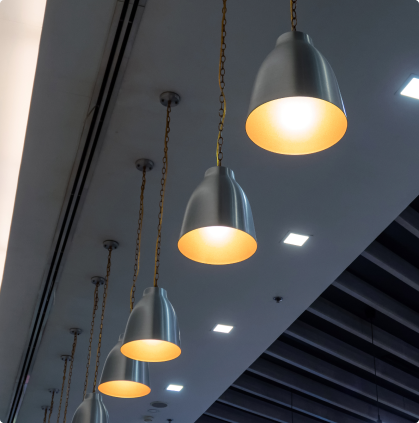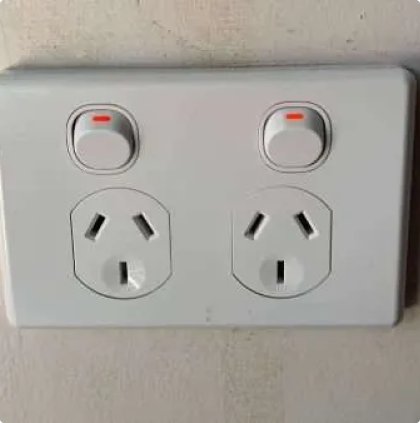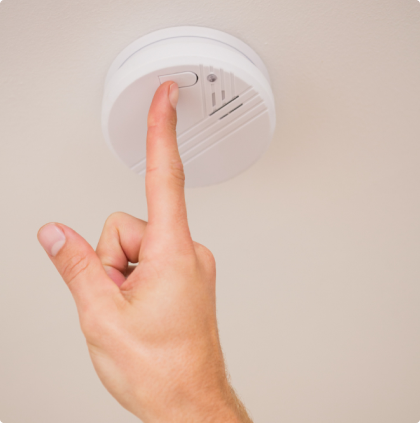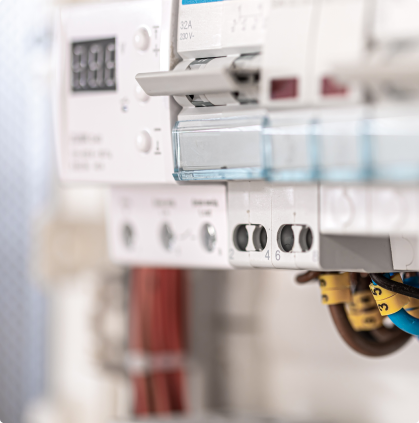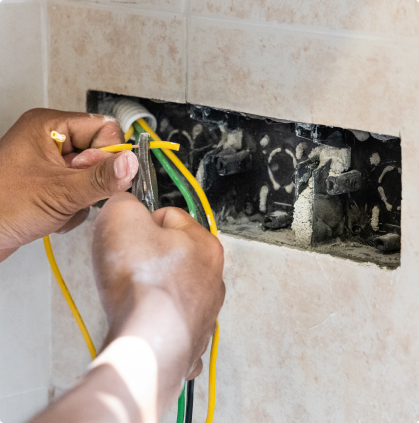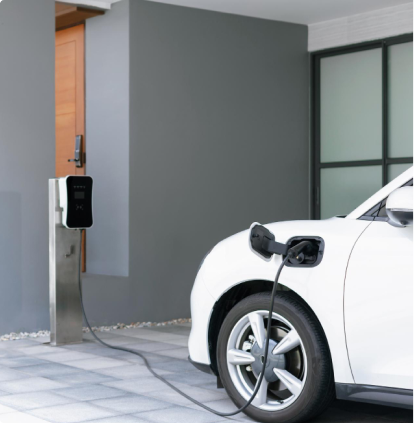
A Residual Current Device (RCD) is a crucial safety device designed to detect imbalances in electrical current and prevent electric shock. RCDs work by continuously monitoring the flow of electricity through a circuit and breaking the circuit when an imbalance occurs. This provides a level of protection that reduces the risk of electrocution and electrical fires.

Know How the RCDs Work and Keep You Safe
An RCD functions by comparing the current flowing through the live wire to the current flowing through the neutral wire. Under normal conditions, these currents should be equal. However, if a faulty appliance, damaged cable, or accidental wire contact causes leakage, the RCD works to detect the difference and immediately disconnects the power supply.
The mechanism inside an RCD consists of a coil that detects any imbalance in current. If a leakage occurs, the RCD reacts within milliseconds, activating the switch to cut off the outlets. This fast response time helps reduce the risk of electric shock and prevent fatal incidents.
Types of RCDs
There are different types of RCDs, each offering varying levels of protection:
- Fixed RCD: Installed in the fusebox, this type of RCD protects multiple electrical circuits throughout a property.
- Socket Outlet RCD: Integrated into a socket outlet, this RCD protects a specific outlet.
- Portable RCDs: These are plugged into power outlets and used for frequently moved appliances, offering additional safety wherever they are used.
Testing and Resetting an RCD
To ensure your RCD is working properly, it is essential to check its functionality regularly. This can be done using the test button, which should be pressed to simulate a fault and confirm that the RCD installed responds correctly. If an RCD trips, you may need to reset it by switching it back to the on position. However, if the RCD keeps tripping, this may indicate an underlying fault, requiring an electrician to inspect the electrical system.
Common Causes of RCD Tripping
Several factors can cause an RCD to trip, including:
- Faulty appliances causing current leakage
- Damaged wires or cables
- Overloaded power sockets
- Electrical surges from storms or sudden power supply changes
- Water exposure leads to a leak in the electrical circuit
If an RCD trips frequently, it is advisable to consult a licensed electrician for a full inspection.
The Importance of RCDs in Electrical Safety
RCDs also play a vital role in electrical safety, especially in areas with prevalent electrical hazards. They offer protection against electric shock, prevent fire risks, and ensure compliance with safety standards. Installing RCDs in homes and workplaces is necessary to reduce the risk of electric shock and safeguard circuits from damage.
Trust Lightning Bult for your Safety: RCD or Safety Switch, Circuit Breaker, and Fuse

At Lightning Bult, we specialize in professional RCD installation, testing, and maintenance to protect your home or business from electrical hazards. Our licensed electricians have extensive experience handling all aspects of electrical safety, including circuit breaker replacements, power outlet installations, and fault detection. Whether you need a fixed RCD, a portable RCD, or a socket-outlet RCD, we provide reliable solutions tailored to your needs. Contact us today for expert electrical services that keep your property safe and compliant.
Get your Safety Right with Different Types of RCD
An RCD is a safety device that detects a change in the flow of electrical current and breaks the circuit to prevent potential dangers. Whether using fixed RCDs, portable RCDs, or socket outlet RCDs, it’s important to have these devices installed and regularly tested. If your RCD is working correctly, it will effectively react to electrical faults and protect against electrical shock risks. If you experience frequent RCD trips, contact a qualified electrician to address the issue and ensure your electrical system remains safe and efficient.
Locations we serve:



